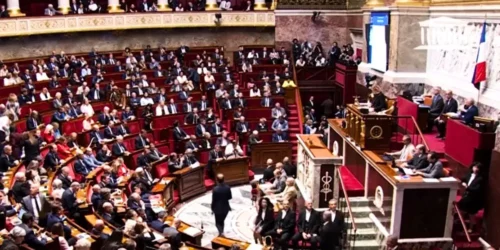We have become obsessed with measuring education. We chase school rankings, celebrate high test scores, and reduce the vibrant, chaotic process of learning into neat columns on a spreadsheet. In our relentless pursuit of quantifiable results, we have mistaken memorization for mastery and high grades for intelligence. We believe we are championing “quality education.” Still, we are often just building a more efficient assembly line for students who can fill in bubbles on a test form.
A truly quality education does not just fill a bucket with facts; it lights a fire. It is the art of teaching a child how to think, not just what to think. It fosters a relentless curiosity that pushes students to ask “why” and challenge the world around them.
It builds resilience, teaching them that failure is not an endpoint but a vital part of the learning process. This kind of education occurs in the dynamic classroom, where a passionate teacher guides a debate, in the science lab during a failed but fascinating experiment, and in the art studio, where a student finds a new way to express themselves.
A standardized test cannot measure this essential, human-centered learning. Our obsession with scores often punishes the creativity and critical thinking we claim to value.
We are churning out students who are terrified of getting the answer wrong, who can recite historical dates but cannot analyze their significance, and who have been trained to follow instructions rather than forge their paths. We are preparing them for a world of yesterday’s problems, not the complex, unpredictable challenges of tomorrow.
It is time for us to look beyond the scorecard. We must demand an education system that values inspired teachers over rigid curriculums and inquisitive minds over compliant ones. Let’s start measuring success not by the grades our children achieve but by the questions they ask and the passion they discover. The future doesn’t need more human databases; it needs thoughtful, creative, and courageous citizens.













